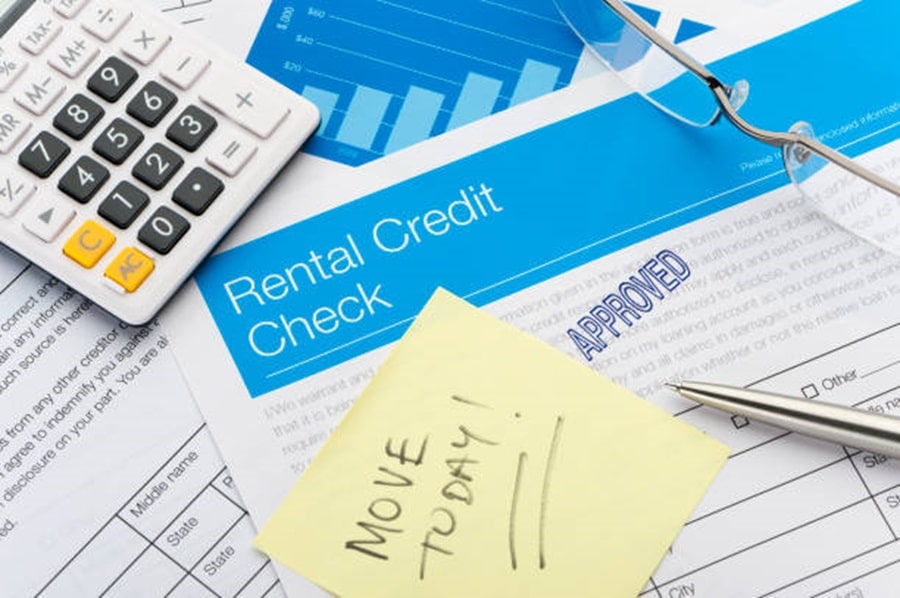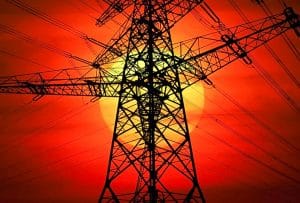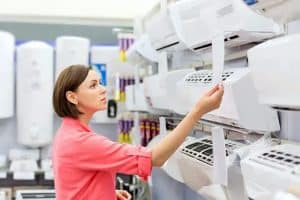Moving into a new rental property in Australia is an exciting time. However, one crucial aspect often gets overlooked amidst the flurry of packing boxes and furniture arrangements: setting up utilities like electricity and gas.
Connecting electricity and gas services in your rental property ensures a smooth transition and avoids surprises. This guide aims to equip you with the necessary knowledge and steps to navigate the process efficiently.
Who is responsible for connecting electricity and gas in a rental property?
In Australia, the responsibility for connecting utilities typically falls on the tenant. However, there are some nuances to consider:
- Separate meters: If your rental property has separate meters for electricity and gas, you, as the tenant, are responsible for contacting an energy retailer and setting up an account in your name. This allows you to choose your preferred provider and plan, ensuring you get the best deal for your energy needs.
- Single meter: In some situations, particularly in apartment buildings, there might be a single meter for the entire building. In such cases, the responsibility for connection and payment usually lies with the landlord, and the cost might be included in your rent or charged as a separate fee.
Before you connect and move in
Contact your landlord: If you’re unsure about the meter situation or have any questions regarding utility responsibilities, clarify them with your landlord beforehand.
- Whether the property is already connected to electricity and gas.
- Who is responsible for setting up the accounts and paying the connection fees?
- If any specific retailers are recommended or restricted by the lease agreement.
Check your lease agreement: Carefully review your rental agreement to understand which utilities are included in your rent and which you are responsible for connecting and paying for.
Compare energy providers: Research different energy retailers in your area and compare their plans, pricing, and customer service to find the best fit for your needs and budget.
Choosing an energy retailer
Once you’ve confirmed your responsibility for connecting the utilities, it’s time to choose an energy retailer. Australia has a deregulated energy market, which means you have the freedom to choose from a variety of retailers offering different plans and pricing options.
Here are some factors to consider when choosing an energy retailer:
- Price: Compare the different plans offered by various retailers, including fixed rates, variable rates, and discounts.
- Contract length: Choose a contract length that suits your needs, whether you prefer short-term flexibility or long-term stability.
- Payment options: Consider how you want to pay your bills, such as direct debit, online payments, or BPAY.
- Customer service: Choose a retailer with a good reputation for customer service in case you need assistance.
Tips for comparing energy providers:
- Consider your energy usage habits and choose a plan that best suits your needs.
- Don’t be afraid to negotiate with retailers for better deals.
- Use online comparison websites to compare different plans and prices easily.
Energy Matters‘ “Free Energy Bill Comparator” is a cutting-edge energy bill tool that compares your area’s most competitive retail offers. We collect the data from our wide range of trusted retailers, allowing you to decide on the switching plan and find the best deal for your needs.
If your goal is to get more electricity and minimise the cost of your gas and electricity bills, switch to a better plan now!
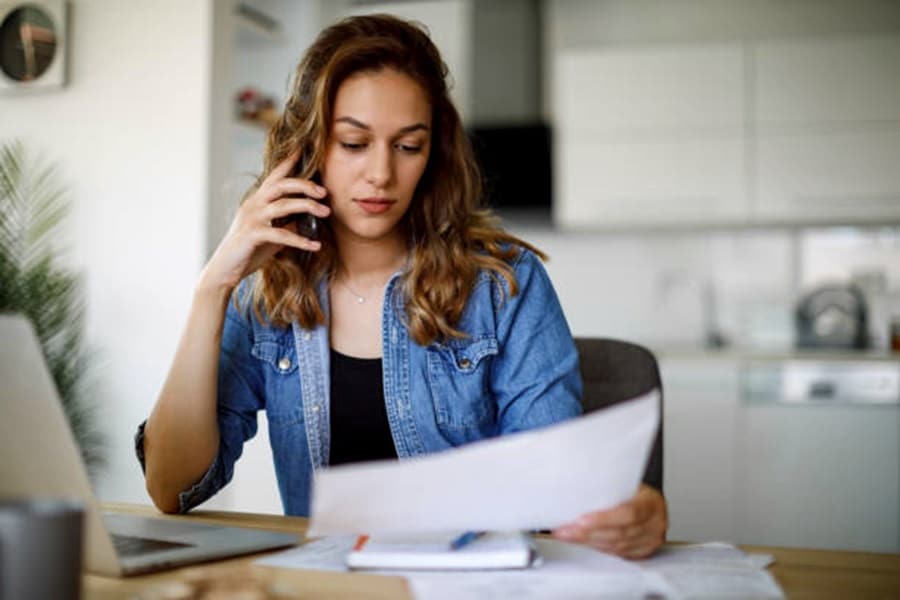
How to connect electricity and gas to the new rental?
1. Choose a retailer
Australia has deregulated energy market allows you to choose your preferred electricity and gas retailer. Compare different providers based on price plans, discounts, customer service reputation, and special offers. Popular retailers include AGL, Origin Energy, EnergyAustralia, and Simply Energy.
What if the new rental has solar panels and an installed Sungrow, GoodWe or Tesla Powerwall 2 battery? Origin and Energy Matters have teamed up to provide customers with an additional way to save and make money!
Join Origin Loop VPP as an Origin electricity customer and earn a $400 bonus! Earn $1/kWh during peak demand by letting them draw on your battery-stored solar energy.
2. Contact your chosen retailer
Once you’ve selected a retailer, contact them to initiate the connection process. You’ll usually need to provide the following information:
- Your contact details: Name, phone number, and email address.
- Move-in date: The date you plan to occupy the property.
- Meter details: The meter number is on the box outside your property. This helps identify the specific connection point.
- Property address: The complete address of your rental property.
3. Meter reading and connection
The retailer will arrange a meter reading on the move-in date to establish a baseline for your usage. Depending on the existing connection status, they might need to send a technician to activate the service.
4. Connection process and timelines
The connection process can vary depending on your chosen retailer and the specific circumstances of your property. Generally, it takes 1-2 business days for electricity and 3-5 business days for gas connections.
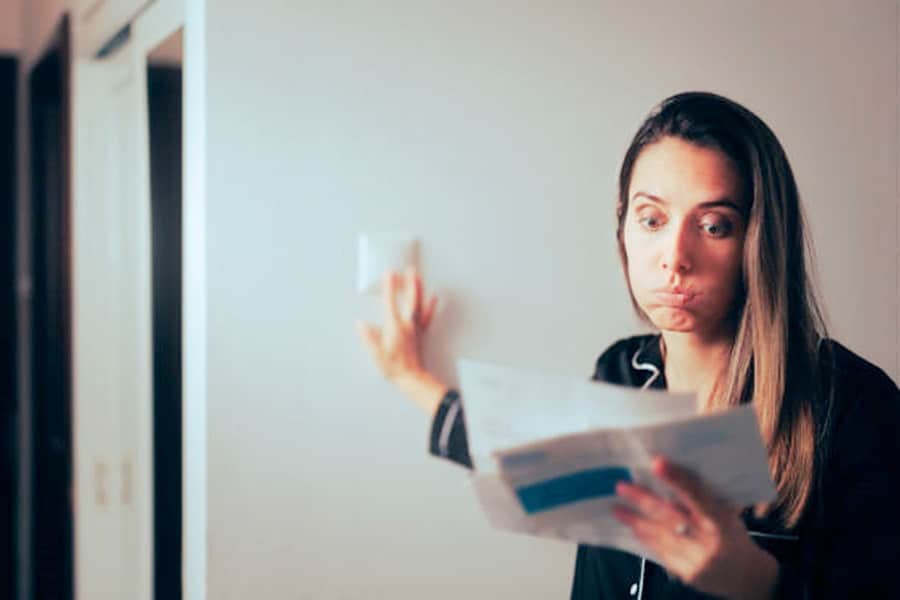
Additional considerations
- Connection fees: Some retailers may charge connection fees, which can vary depending on the provider and your chosen plan. Be sure to factor these costs into your budget.
- Meter reading: When you move in, take note of the meter readings and report them to your chosen retailer. This ensures you’re only billed for your own energy consumption.
- Moving out: Remember to notify your energy provider well in advance of your move-out date to avoid any final bills based on estimated usage.
Tips for a smooth connection process
➢ Start early: To ensure a seamless transition, begin the connection process at least two weeks before your move-in date.
➢ Keep records: Maintain copies of your connection confirmation and relevant documents for future reference.
➢ Understand your rights and responsibilities: Familiarise yourself with your rights as a tenant regarding utility connections and billing practices. You can find helpful resources on government websites or consumer advocacy groups.
Read more about:
Important note
The information provided in this article is intended as a general guide and may vary depending on specific circumstances and local regulations.
By following these steps and considering the additional tips, you can ensure a smooth and hassle-free connection of electricity and gas services in your new Australian rental home, allowing you to settle in comfortably and enjoy your new space.
Remember, it’s always recommended to consult your landlord and chosen retailer for the most accurate and up-to-date information regarding connecting electricity and gas services in your new rental property.
Enjoy your new home and stay informed about your energy consumption to manage your bills effectively!
Going solar?
Use our easy-to-use solar power and battery storage calculator to determine the size of your solar system with storage or even an EV charger! Our solar calculator will generate performance information and potential savings.
We can send this information to 3 trusted local installers in your area to receive obligation-free solar quotes.
Find out how much you can expect to pay for solar
Ready to find out more? Get FREE quotes for solar, batteries + more
*Prices quoted are to be used as a guide only and do not factor in state and other rebates and incentives. Includes STC discount.











